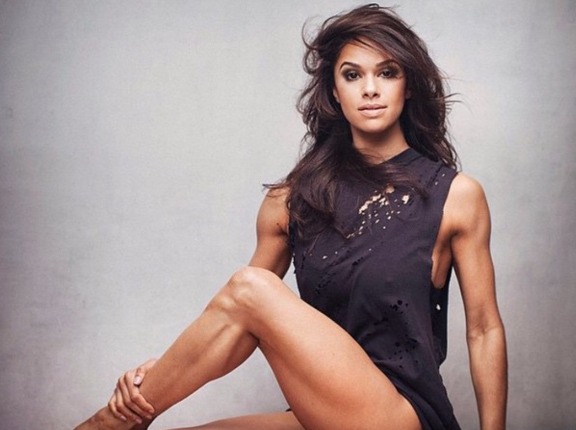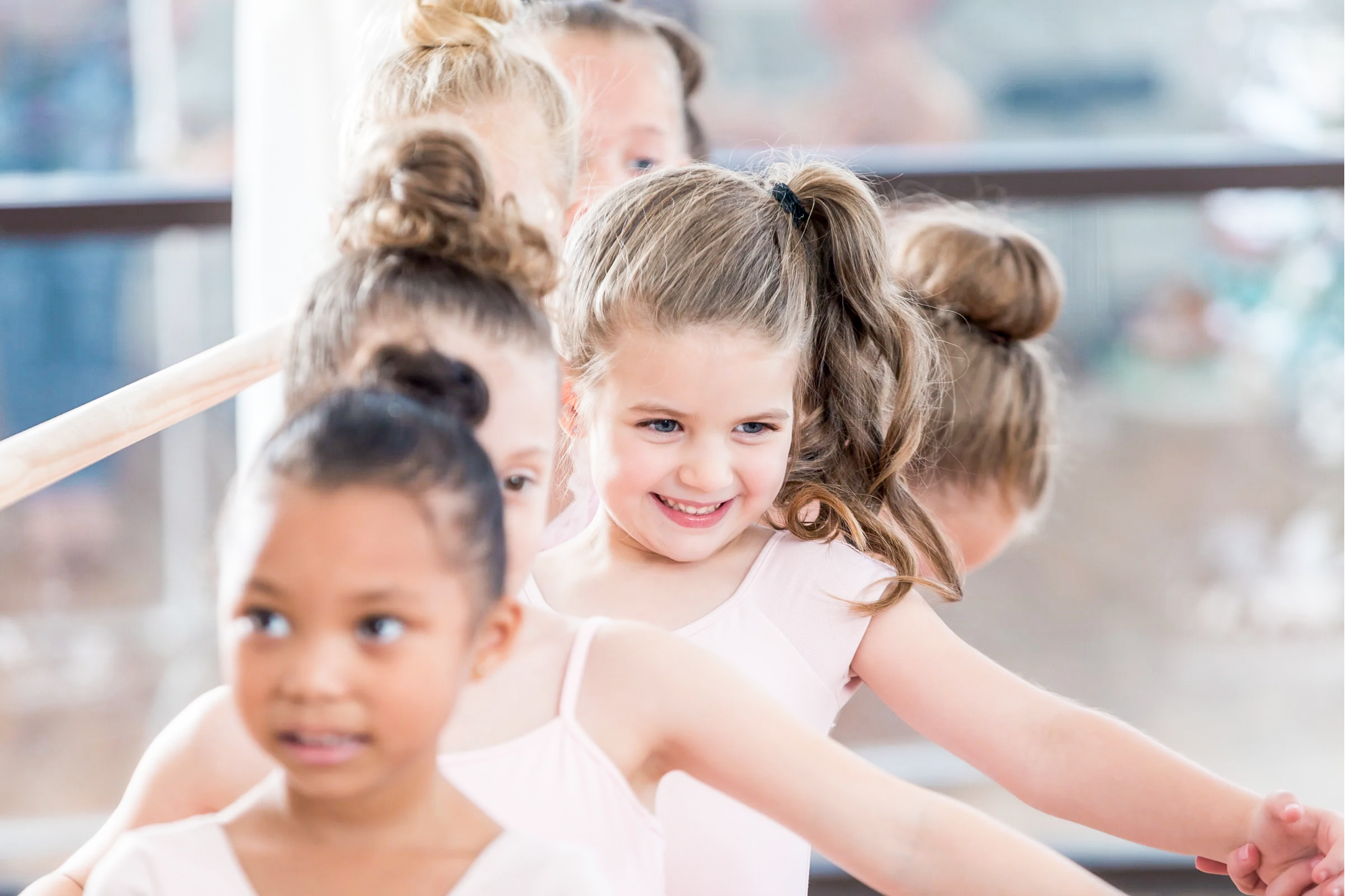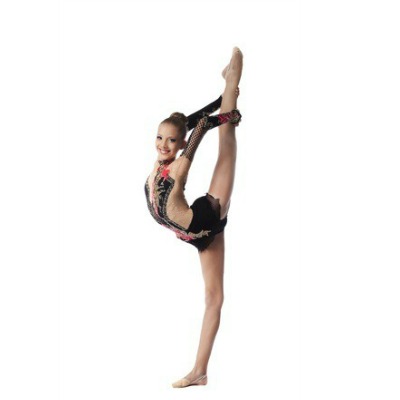Leotards: The Ultimate Guide for Dancers
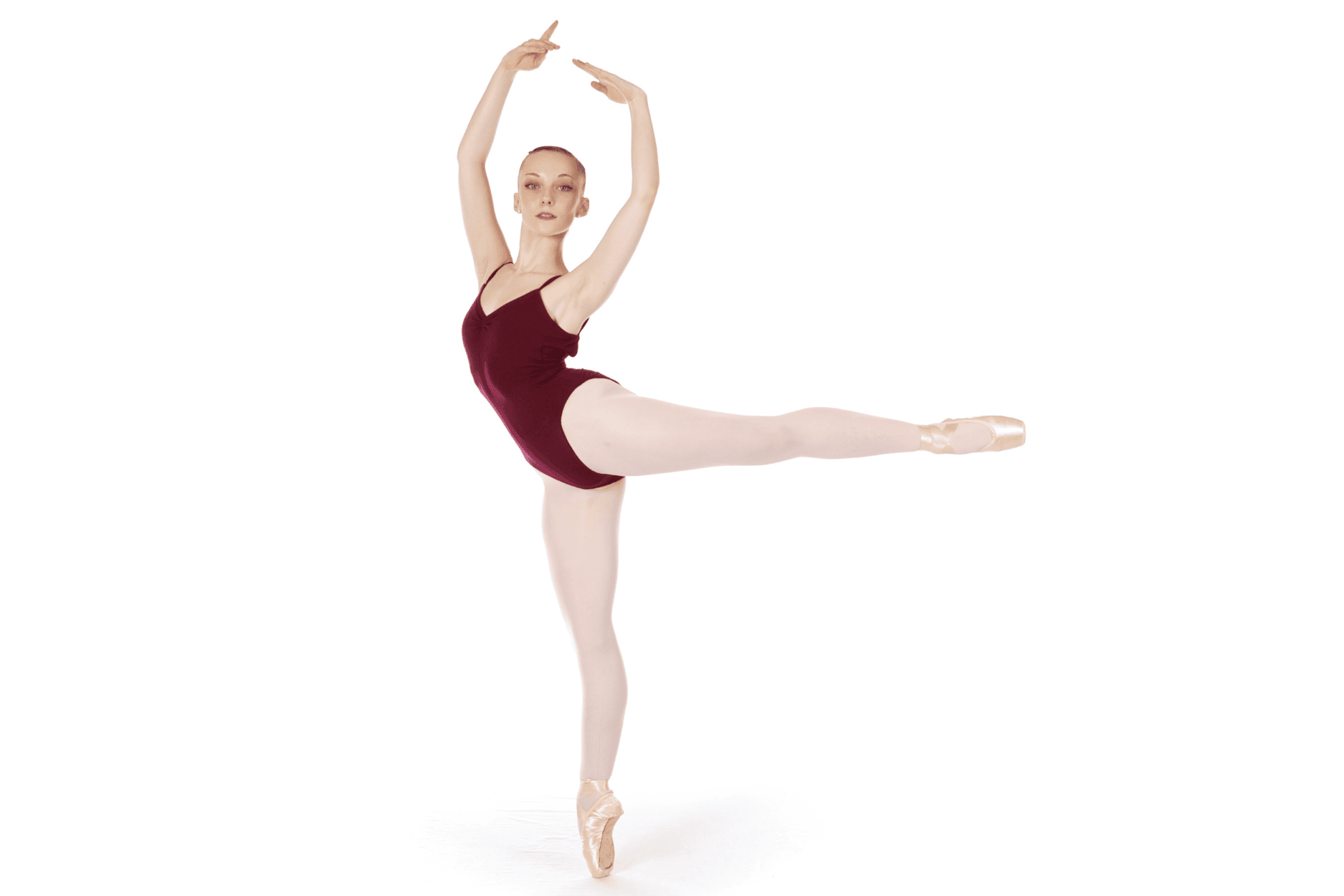
This post may contain affiliate links that allow us to earn a small commission at no additional cost to you.
Welcome to the comprehensive guide that every dance parent needs to know the ins and outs of leotards for young dancers. This post is your one-stop resource for understanding the essentials of dancewear, specifically leotards. We’ll explore where to find the best leotards, dive into the reasons behind their importance in dance attire, uncover the fascinating history behind their name, and break down the different styles to help you choose the perfect fit for your child. Whether you’re outfitting a first-time dancer or looking to refresh an experienced performer’s wardrobe, this guide has you covered.
FAQ’s About Leotards
Why is it called a leotard?
Leotards are named after the French acrobatic performer Jules Leotard, who popularized the one-piece stretchy garment in the 1860s for its ability to allow greater flexibility and freedom of movement during acrobatic performances. The skin-tight, form-fitting design quickly became favored by circus performers, gymnasts, and dancers as it provided the necessary support, unrestricted mobility, and visual clarity for their respective disciplines, cementing the leotard as a staple of dancers worldwide.
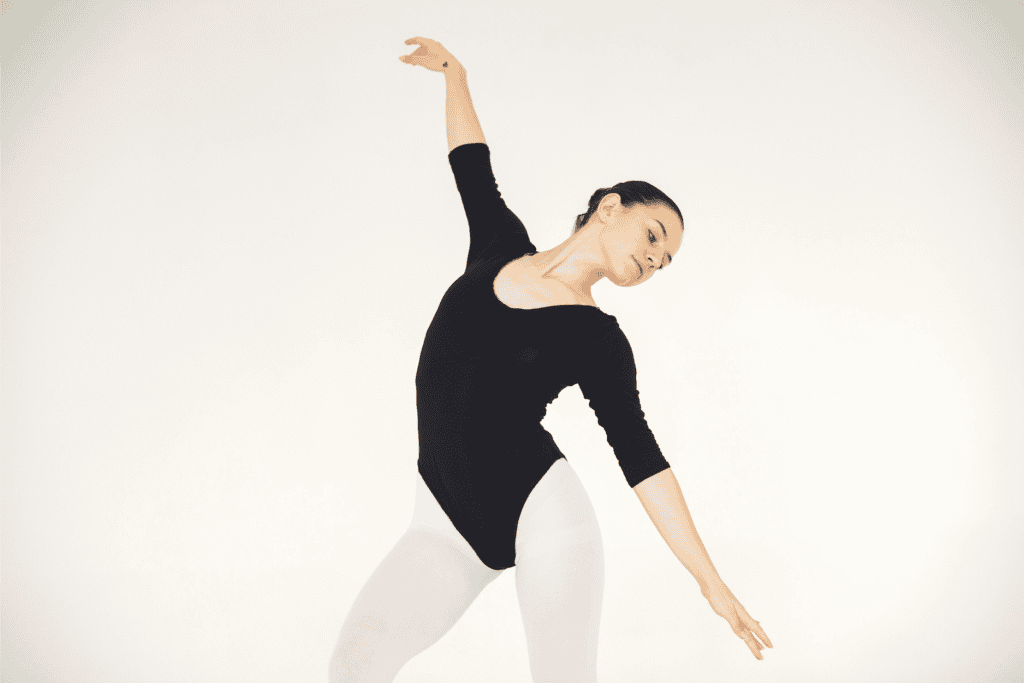
Why do dancers wear leotards?
Dancers wear leotards for several reasons:
- Freedom of movement: Leotards are skin-tight and form-fitting, allowing unrestricted movement and flexibility, essential for various dance styles.
- To Be Critiqued: The tight fit of leotards helps dance instructors and choreographers see the lines and body positioning clearly, allowing for proper technique evaluation.
- Modesty: Leotards provide modest coverage while allowing a full range of motion, essential in dance.
- Tradition: Leotards have been a traditional dancewear item for decades, particularly in ballet and other classical dance forms.
In summary, leotards provide the necessary support, freedom of movement, modesty, and visual clarity for dancers to perform their art effectively.
What Are The Different Styles of Dance Leotards
Leotards come in various styles, each designed to suit different types of dance, body types, and personal preferences. Here’s a brief overview:
- Camisole Leotard: This style features thin spaghetti straps and offers a classic, streamlined look. It’s perfect for ballet and contemporary dance, allowing for full range of motion while keeping the dancer cool.
- Tank Leotards: The tank leotard provides more coverage and support with wider straps than the camisole. It’s versatile and suitable for various dance genres, from jazz to modern dance.
- Short Sleeve Leotards: Offering a bit more coverage, this style is suitable for dancers who prefer to keep their upper arms covered. It’s ideal for ballet classes, especially for younger dancers.
- Long Sleeve Leotards: This style provides full coverage for the arms and is often chosen for its elegant appearance. It’s commonly used in classical ballet and during colder months for added warmth.
- Mock Neck and High Neck Leotard: Featuring a higher neckline, these leotards offer more coverage and a sleek silhouette. They often come with a zipper or clasps at the back of the neck and are favored in genres like contemporary and lyrical dance for their modern look.
- Halter Leotard: This style has straps that wrap around the neck, leaving the shoulders and upper back exposed. It’s a popular choice for jazz and contemporary dancers due to its stylish cut and freedom of movement.
- Unitard: Extending to cover the legs, unitards offer full-body coverage and are used in contemporary, modern, or acrobatic dance, where a sleek, uninterrupted line is desired.
Each style serves different needs in support, coverage, and aesthetic appeal, catering to the varied preferences and requirements of dancers across all disciplines.
Finding the Right Dancewear Brand Online
Whether you’re a professional dancer, a dedicated student, or love the art of movement, having the proper dancewear is essential. Finding the perfect leotard for you can take a bit of trial and error, but there are so many options. There are many factors to consider, including fabric, durability, and comfort. Most brands offer a variety of styles and color options. Follow size guides to find the perfect fit.
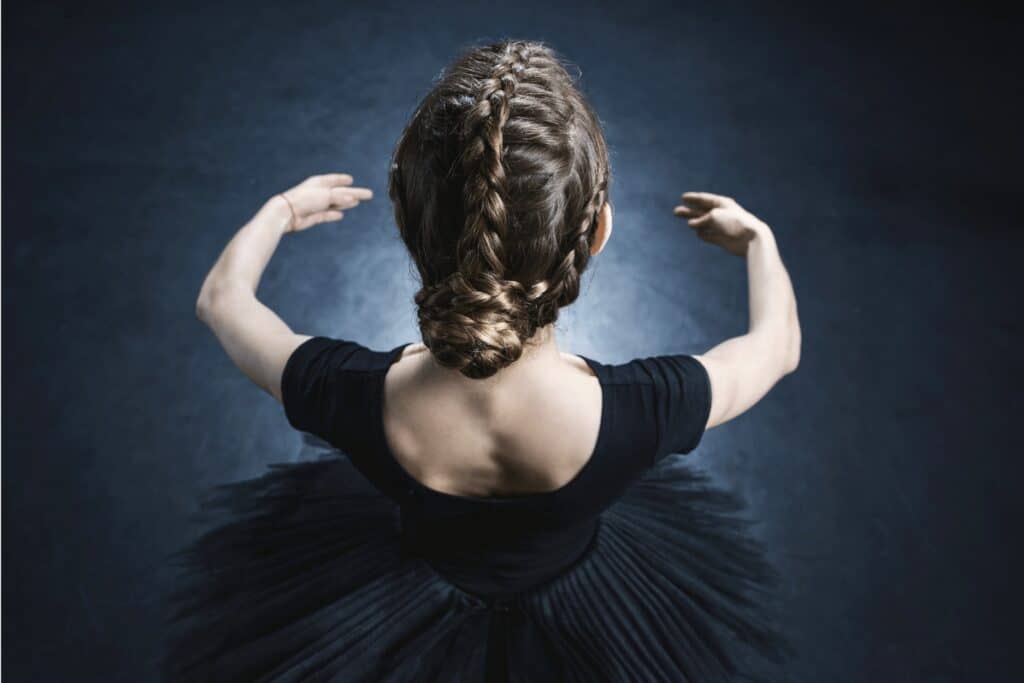
Where To Buy Leotards
- Athleta
- Ballet Rosa
- Bloch
- Blue Water Dancewear
- Bodile
- Bodywrappers
- Capezio
- Chelsea B
- CosiG Studiowear
- Dream Dance Design
- Elevè
- Eurotard
- Every Turn
- Five The Label
- Honeycut
- Ilogear
- Jo+Jax
- Just For Kix
- Jule Dancewear
- Kandi Kouture
- Lucky Leo Dancwear
- Lucy Lu Dancewear
- Mila & Rose
- Mirella
- Motionwear
- Move Dancewear
- Nikolay
- oh la la
- Purple Pixies
- Second Skin
- So Danca
- Soel Dancewear
- Suffolk
- Tiger Friday
- Viella
- Wearmoi
- Whitney Deal Dancewear
- Yumiko
What brands of leotards are your favorites?

